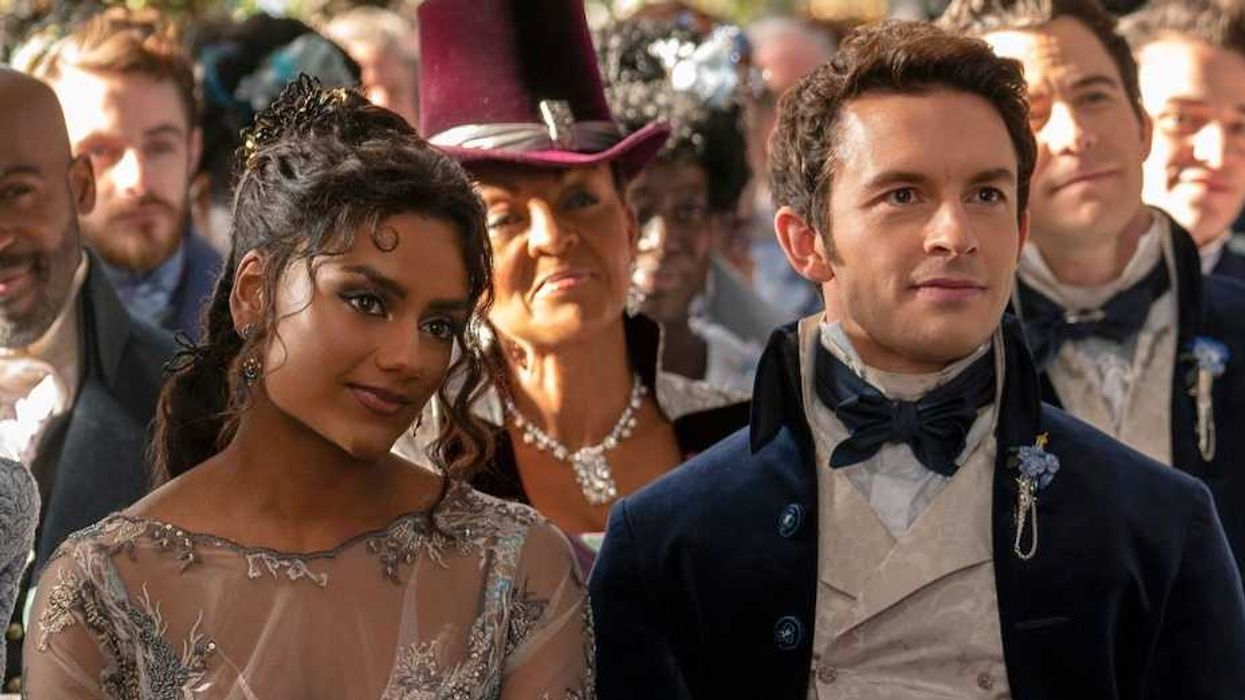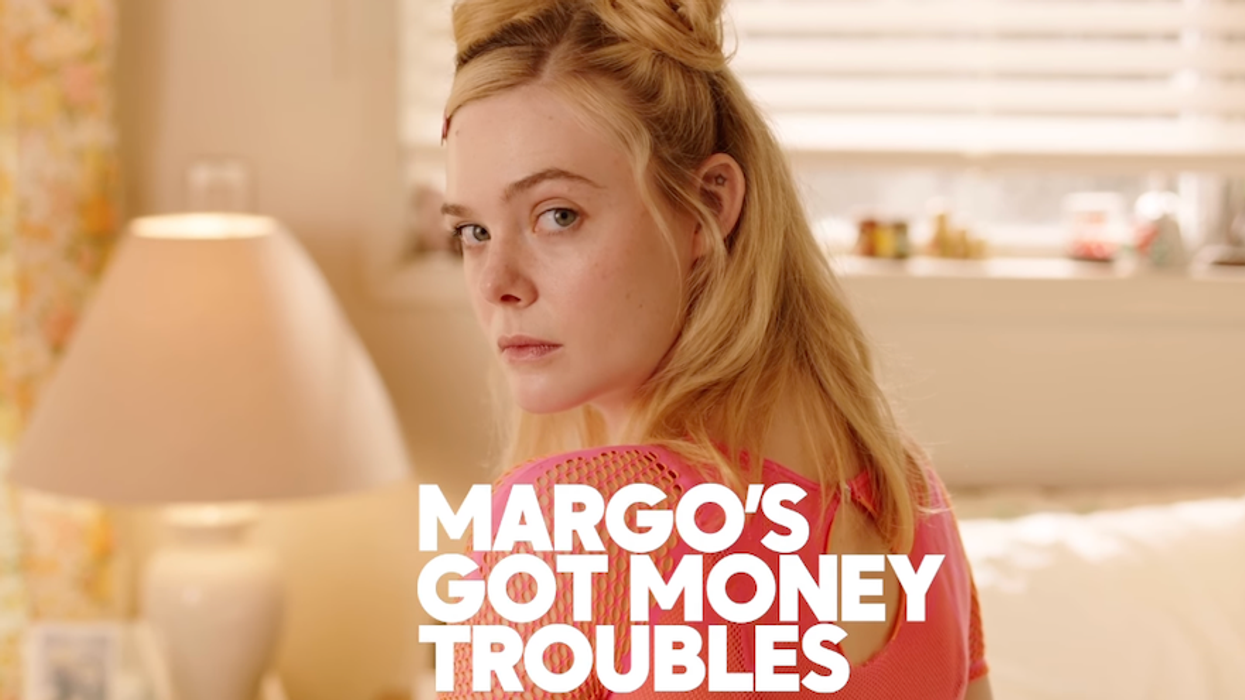It’s never a bad idea to fight for change.
7 Modern Protest Movements that Proved Protesting DOES Accomplish Change
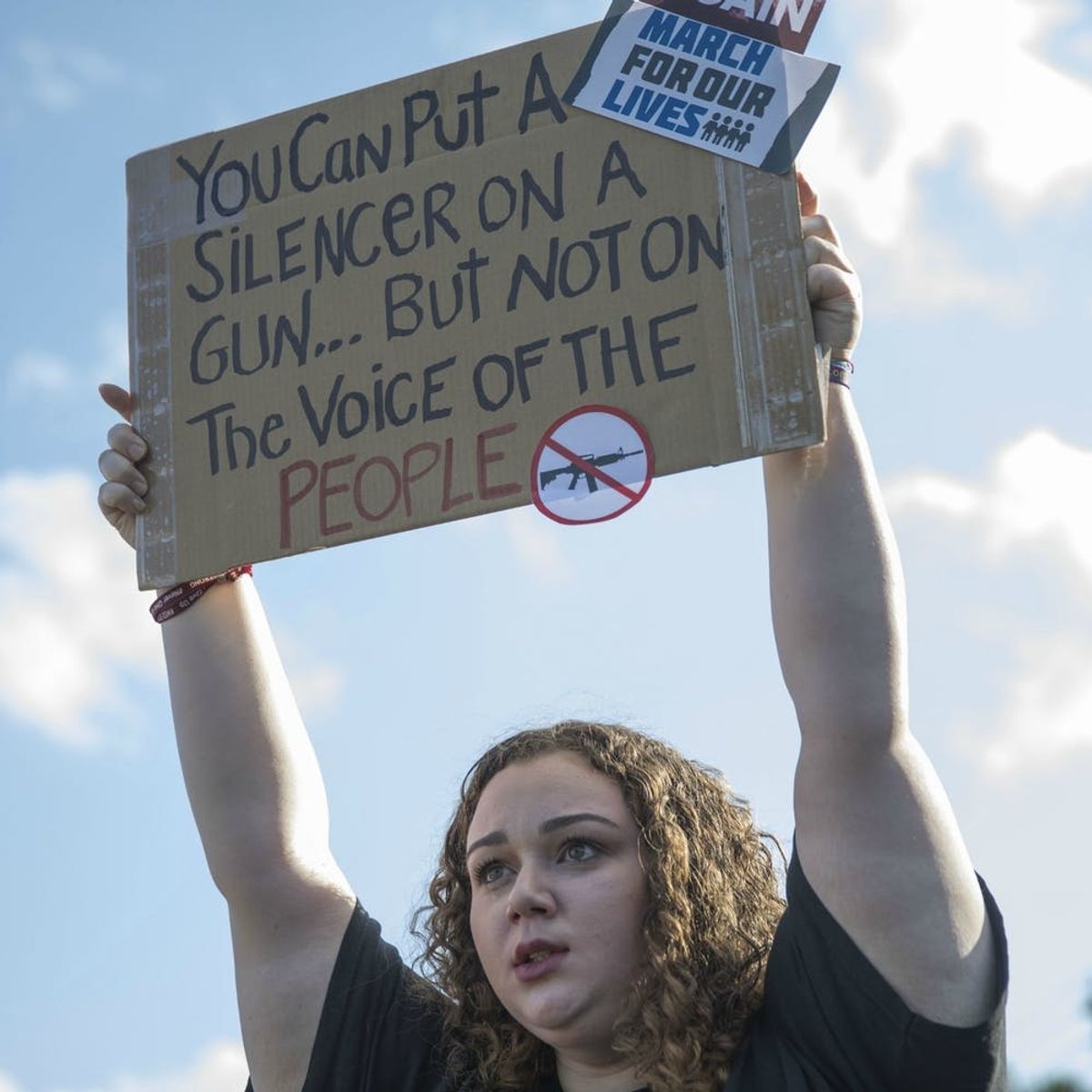
Just five weeks after a shooting at their school that killed 14 students and three teachers, the survivors of the Parkland, Florida February 14 shooting, and legions of supporters, pulled off a massive international protest. The March for Our Lives saw hundreds of thousands of people in cities across the US and globally, and close to one million in DC, marching for gun reform in hopes that gun violence against children will never happen again.
But not everyone is convinced that the activist movement kicked off by Parkland students will bring about any real change. “Pointed or pointless?” asks one Miami Sun-Sentinal headline in reference to the anti-violence school walkouts students staged across the country. But for all the accusations that protests like the walkouts and March for Our Lives don’t work, there are nearly as many political movements that prove that they do.
Here are eight modern protest movements that prove protesting does bring real change.
ACT UP, 1987-Present
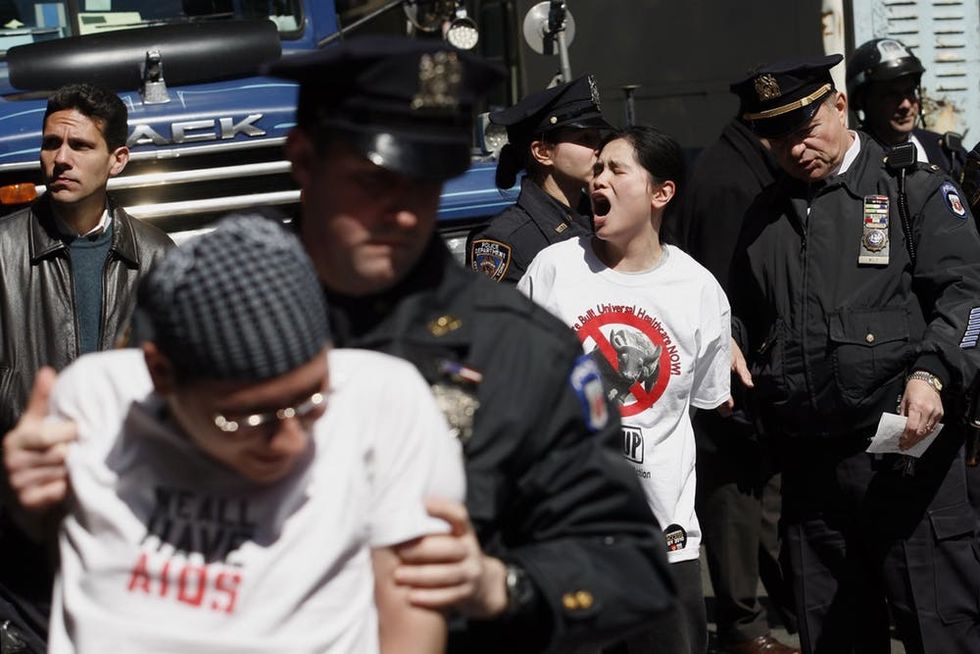
(Photo by Michael Nagle/Getty Images)
The AIDS Coalition to Unleash Power (ACT UP) was formed in the late-1980s by New Yorkers aiming to create an international action group for people living with AIDS. The group spearheaded a number of protests and political marches to demand medical research for HIV and AIDS patients. Their activism is the reason that HIV/AIDS is no longer a death sentence.
ACT NOW, the org’s action committee, managed a 1988 takeover of the FDA in which hundreds of thousands flooded DC to demand that the FDA change drug approval processes to make HIV+ people, and those living with AIDS, have easier access to new, lifesaving drugs.
While nearly 200 protesters were arrested during the action, Seize the FDA paid off. The FDA and National Institutes of Health listened and included ACT UP in decision-making processes around drug trials.
ACT UP continues to fight today, pushing for access to better, universal health care for all.
The March on Washington for Gay, Lesbian and Bi Equal Rights and Liberation, 1993
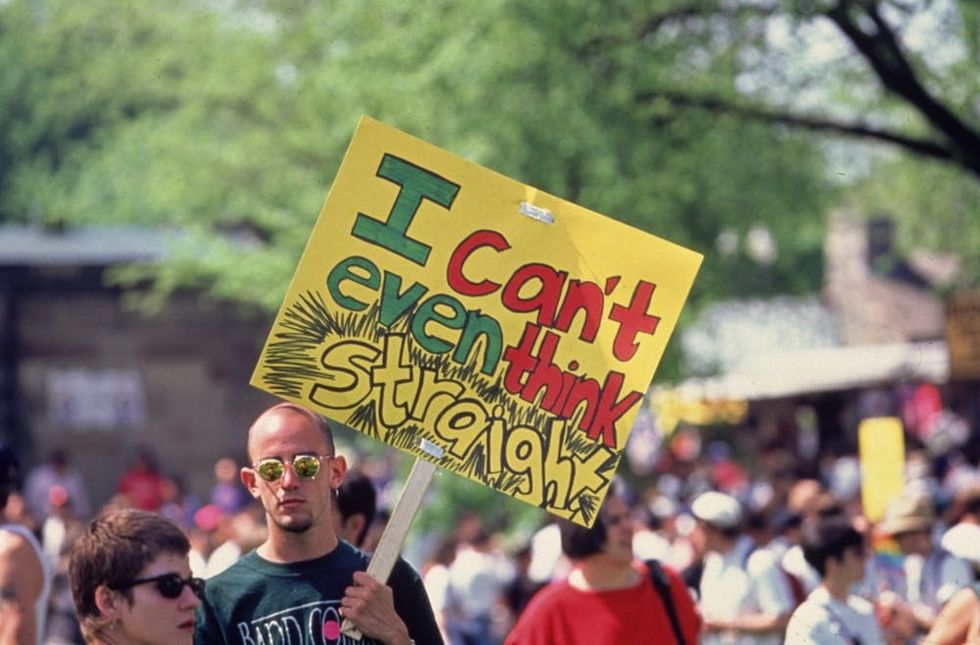
(Photo by Howard Sachs/Consolidated News Pictures/Getty Images)
The March on Washington for Gay, Lesbian and Bi Equal Rights and Liberation was one of the biggest rallies ever to hit DC when over one million protesters took to the streets in 1993 to demand legal protections and civil rights for LGBTQ+ individuals. The massive march attracted international media attention and led to unprecedented visibility for LGBTQ+ people that helped to usher in a new era of acceptance.
Since the march, sodomy laws were deemed unconstitutional by the US Supreme Court (though they continue to persist in a number of states), Don’t Ask Don’t Tell (the law that turned a blind eye to queer military personnel as long as superior officers did not find out about one’s sexual orientation) was repealed, and thousands of queer couples have been able to adopt children freely and, eventually, marry.
While the LGBTQ+ community still faces discrimination, the March on Washington definitely marked a turning point toward progress.
Million Man March, 1995
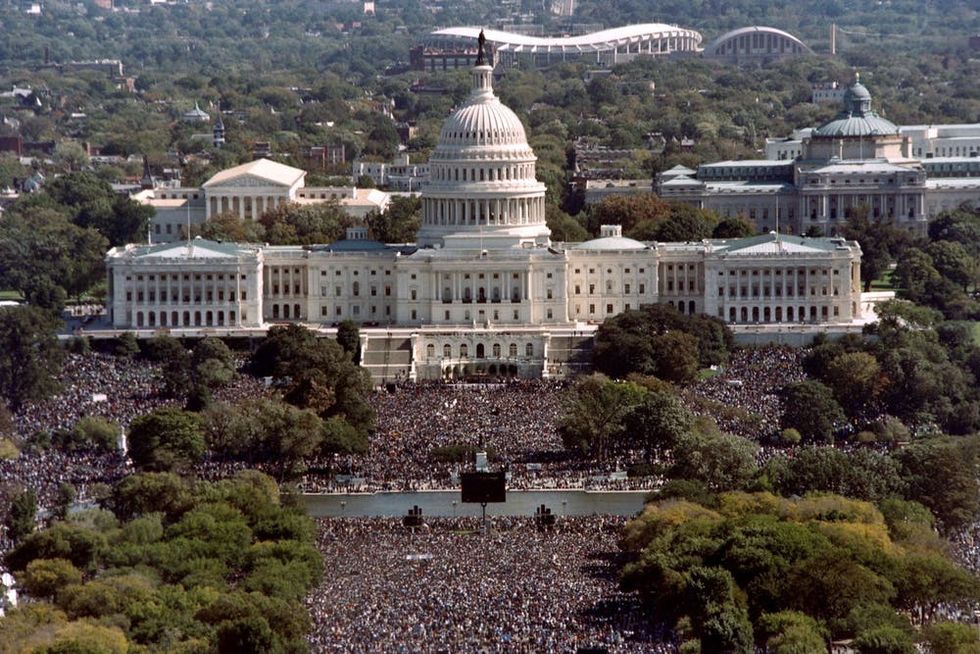
(Photo credit should read Tim Sloan/AFP/Getty Images)
Led by the controversial Nation of Islam, the Million Man March was organized to bring attention to a problem that still plagues us today: the lack of equal justice for Black and white men.
In the 20-plus years since the march, much has changed, although issues including police brutality and racism still have a long way to go. But what the Million Man March did achieve, according to The Root, was to help mobilize more Black men into community engagement and raise Black voter turnout across the US. The march also helped ignite more freedom movements among marginalized communities around the US and the world, and was the inspiration for the 2017 and 2018 Women’s Marches.
Occupy Wall street, 2011
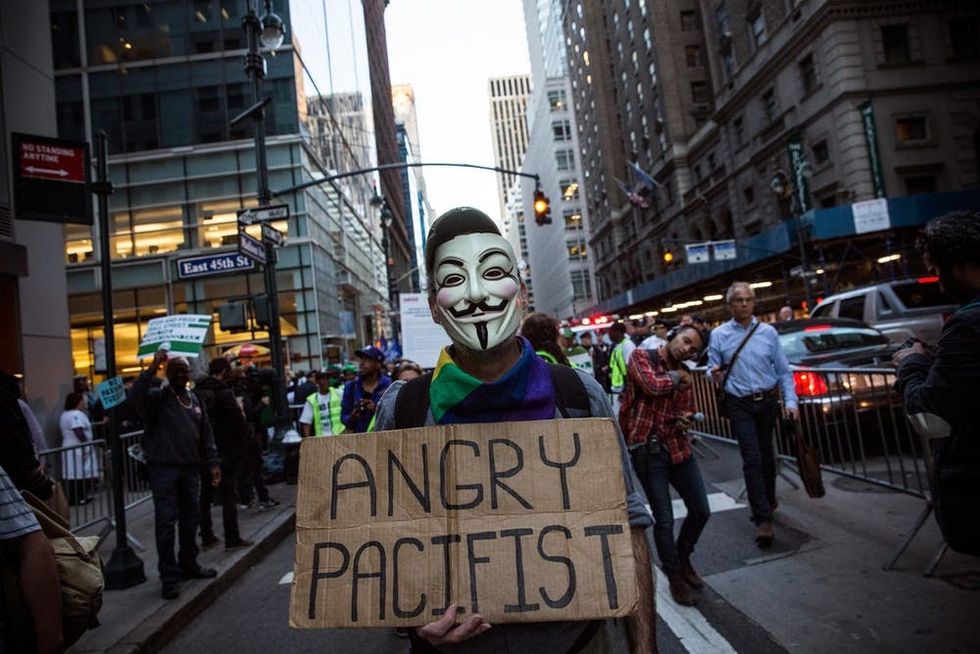
(Photo by Andrew Burton/Getty Images)
Occupy Wall Street started on September 17, 2011 in New York City’s Zuccotti Park within the city’s financial district. Protesters were fighting against social and economic inequality, greed, corruption, and what they saw as the undue influence of corporations on government. The occupation lasted until November 2011, when those remaining in the tent city were forced out by police.
Besides creating a global Occupy movement, the protesters helped create greater scrutiny into the financial sector by the public and some lawmakers. It also, arguably, helped create conversation and action towards lowering or removing educational debt for low-income Americans and brought new awareness to the issue of income inequality, which has led some countries (like Canada) to pilot basic minimum income projects.
Tea Party Protests, 2009
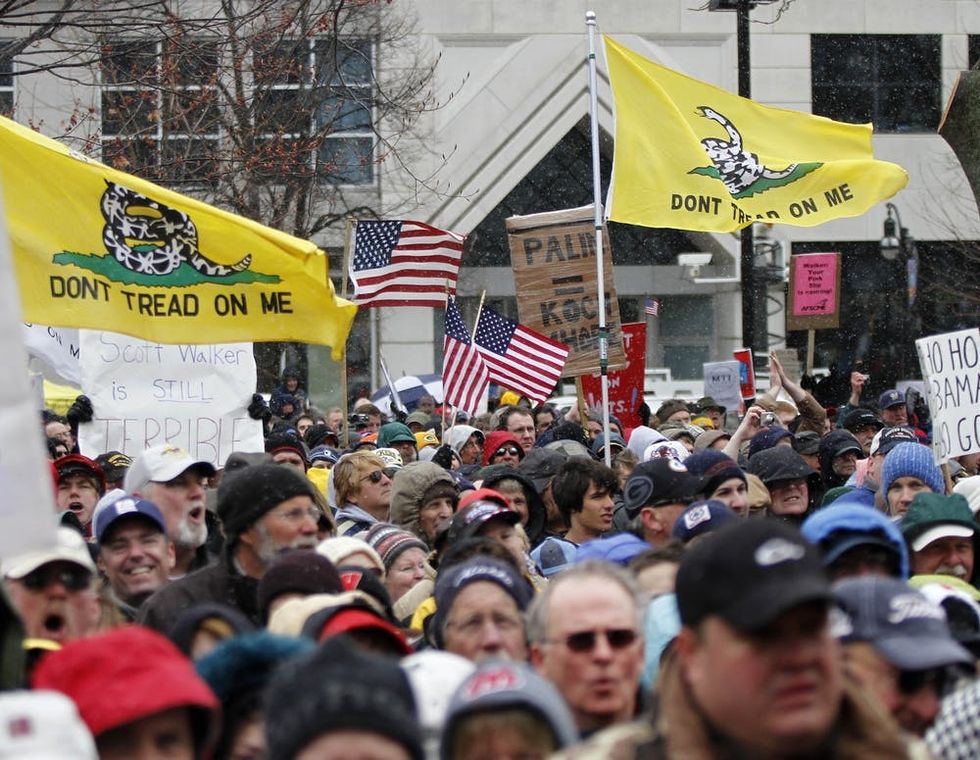
(Photo by Darren Hauck/Getty Images)
Named after the Boston Tea Party, the modern day Tea Party was formed, officially, in 2009. The aim of the Tea Party is not much different than the original protest, which focused on taxation without representation. In 2009, Tea Partiers complained that the Obama administration was over-taxing the American people.
Though the Tea Party has more or less dissolved, many of its members have been absorbed into the Republican party. While the group’s legacy is mired in controversy, it has definitely made its mark on the nation’s political conversation.
women’s march, 2017
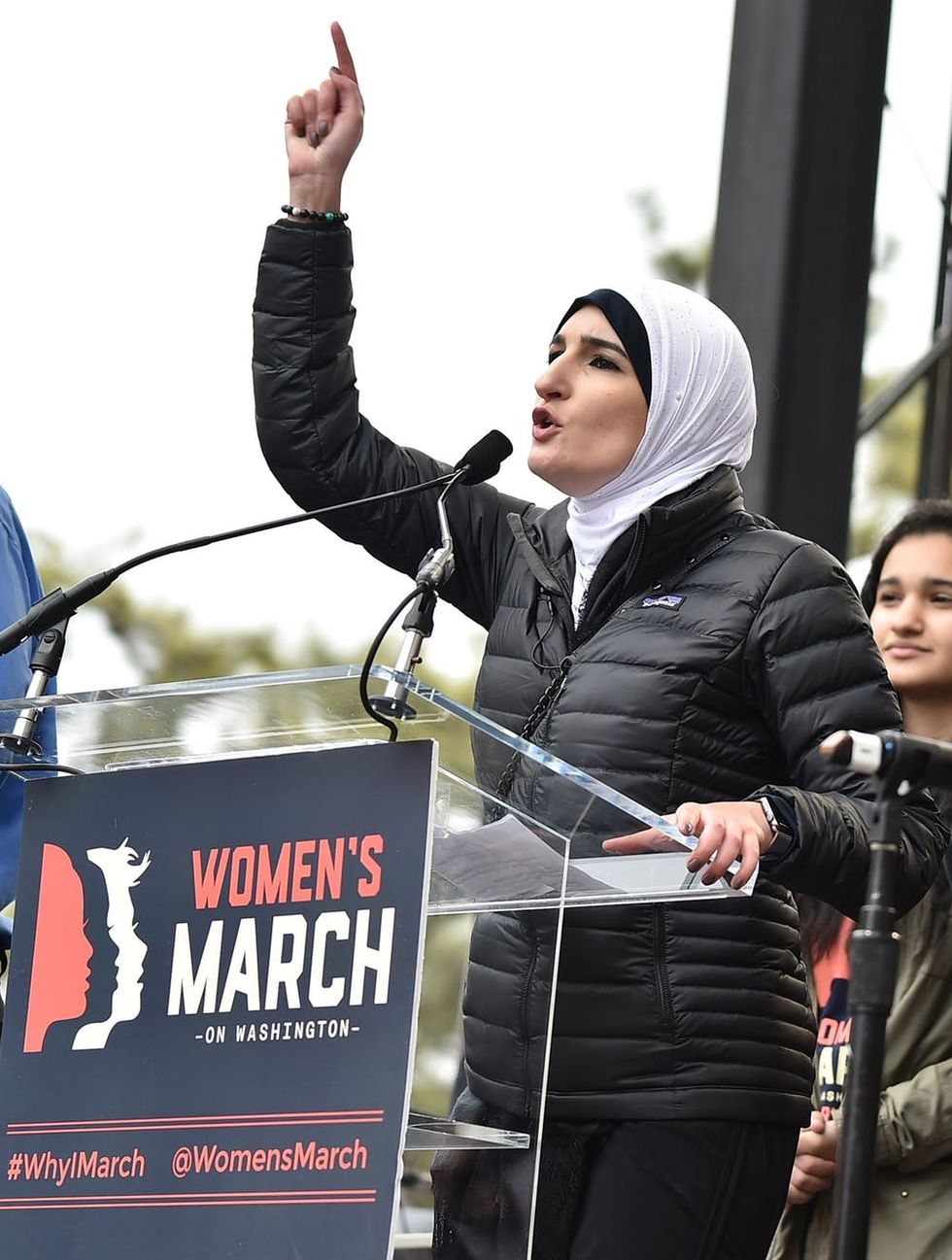
(Photo by Theo Wargo/Getty Images)
The inaugural Women’s March took place the day after President Donald Trump’s January 2017 inauguration and drew upwards of one million protesters.
With two successful annual marches under its belt, the Women’s March organization is working with a myriad of women-focused groups to help advance pro-women policies within the US and is currently focused on electing progressive candidates in the 2018 midterm elections.
Whether or not the Women’s March can be fully credited, one thing is for sure: More American women are running for office than ever before. By some estimates, there will be thousands of women throughout the country be running for various elected positions in 2018.
March for Our Lives, 2018
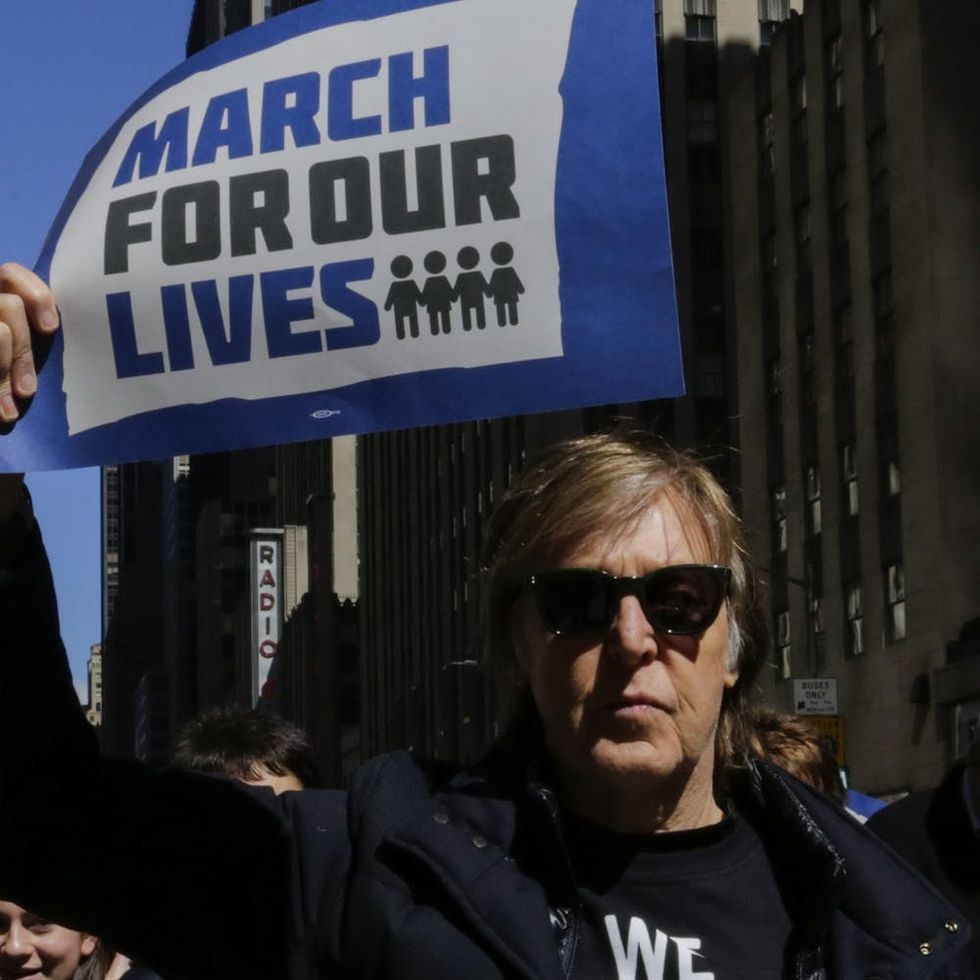
(Photo by Eduardo Munoz Alvarez/AFP/Getty Images)
Though the March for Our Lives has only just happened, in the few short weeks since Parkland student activists created their movement for gun reform, at least one politician has listened.
Governor Rick Scott of the students’ home state of Florida quickly passed a bill in early March that covers a few issues directly related to gun violence: It enforces a three-day waiting period for firearm purchases (with some exceptions); bans the sale or possession of bump fire stocks; institutes broader rules that give law enforcement the authority to seize weapons from potentially dangerous people; and raises the minimum age for all firearm purchase from 18 to 21 (the federal age minimum is 18 for a rifle and 21 for a handgun).
The number of people who have stepped out in support of the March for Our Lives shows that momentum is building. Only time will tell what other changes to the law these kids can achieve.
(Feature image via Joe Raedle/Getty Images)





